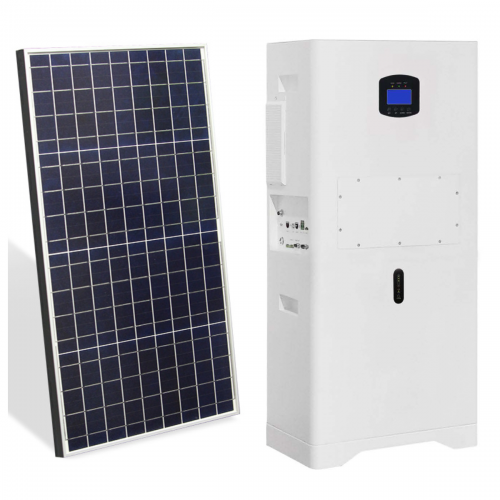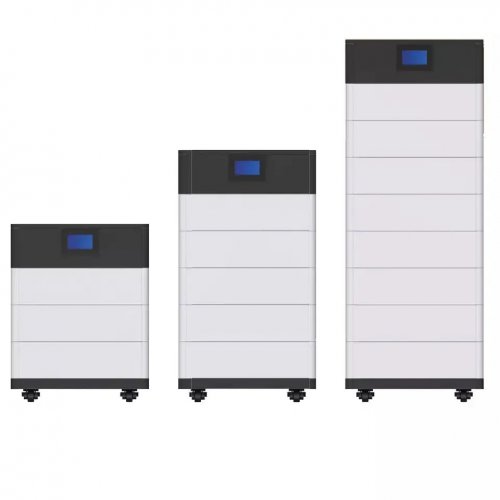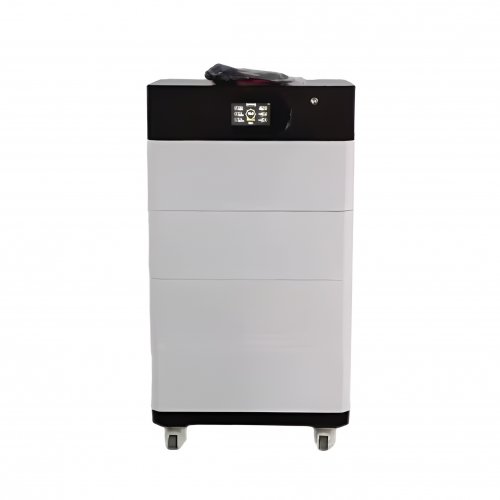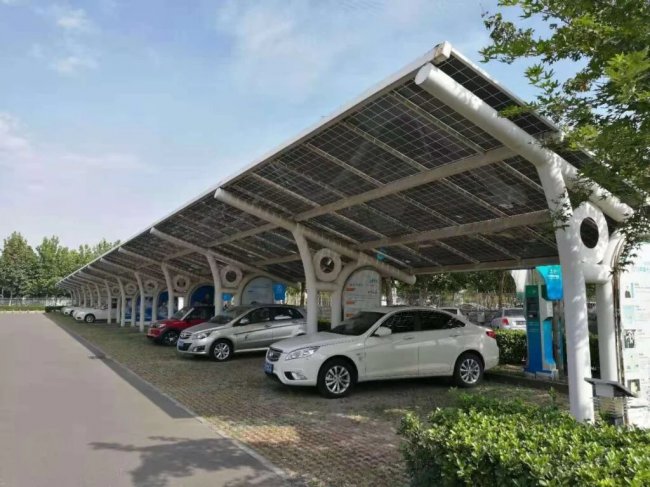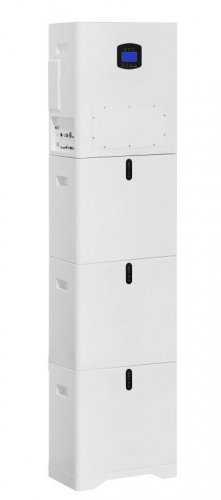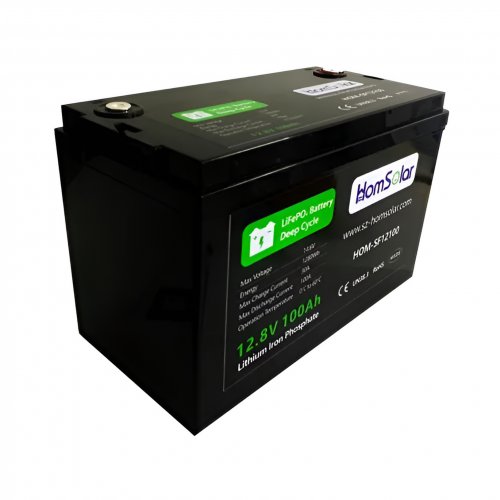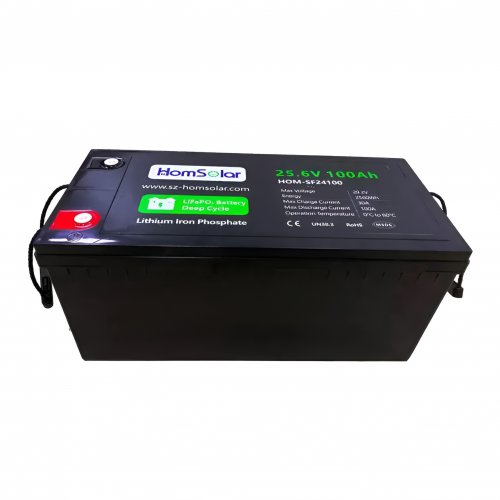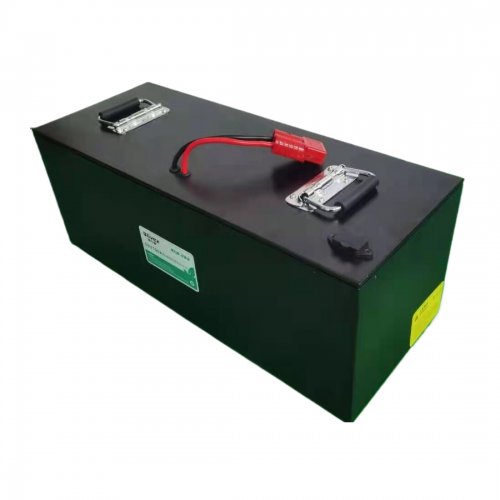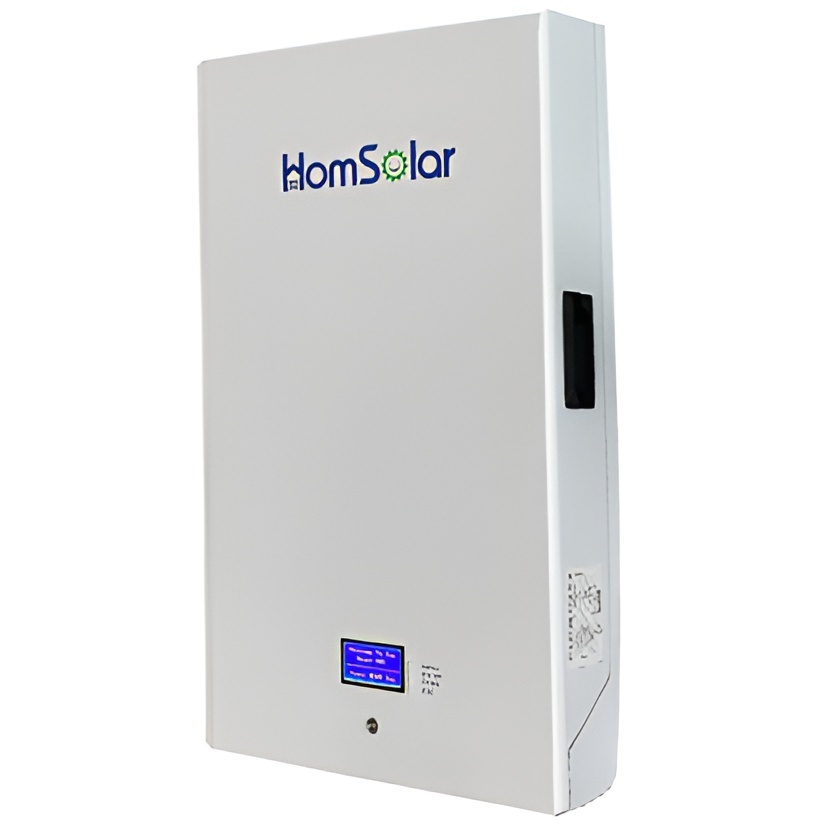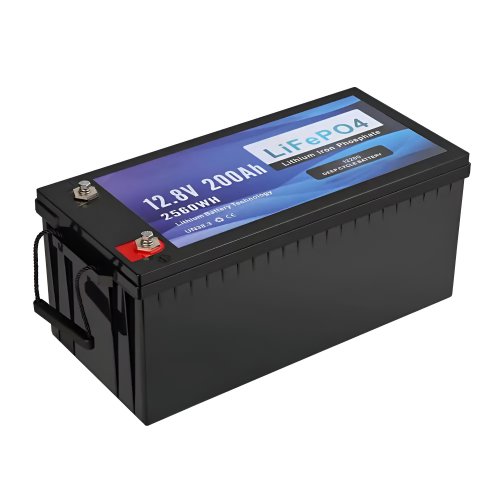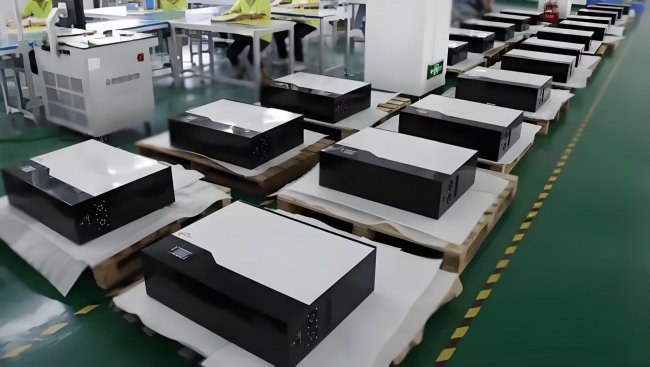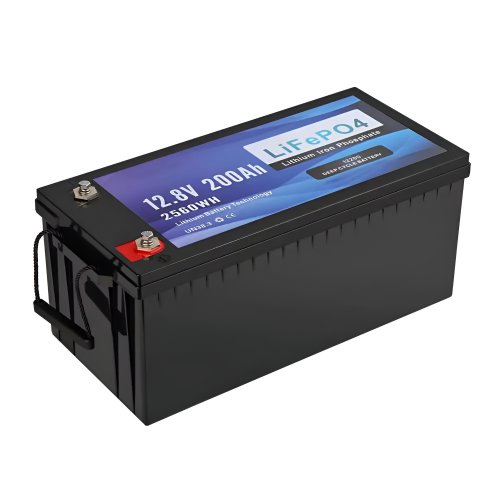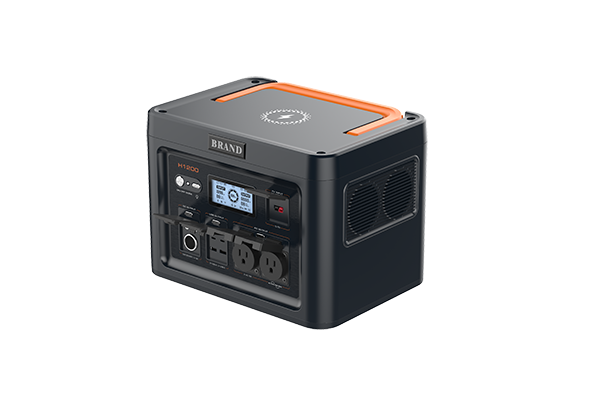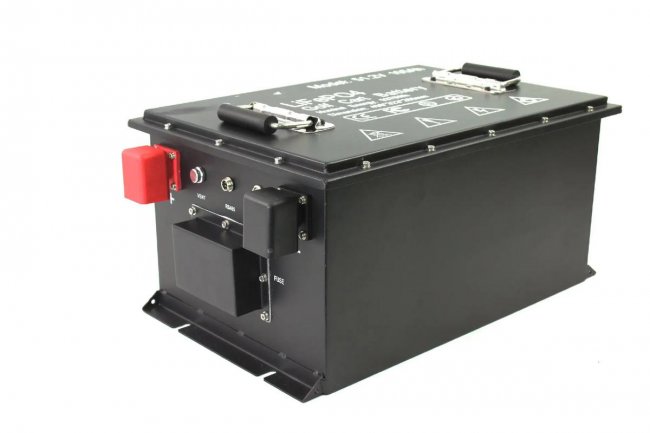The crop people don’t understand the PV aspect
A better understanding of microclimates and the effects of overhead PV on crop biology is needed to improve the land use efficiency of agrivoltaics installations, according to UK-based researcher Aritra Ghosh.
Speaking with pv magazine on the publication of a new paper comparing the effects of static and tracker-mounted agrivoltaics installations, Ghosh said academics specializing in PV still have knowledge gaps when it comes to crop science, “and the crop people don’t understand the PV aspect. We need more time to develop, I think that’s true for Germany, France, Europe, anywhere. They don’t have the data.”
Ghosh is a lecturer at the University of Exeter and an author of “Evaluating tracking bifacial solar PV based agrivoltaics system across the UK,” published in Solar Energy. The study uses simulation tools to investigate how a PV system can be integrated with farms growing potatoes in the United Kingdom. Locations covering the main UK regions were included in the paper, which saw researchers use PVsyst design software in combination with a decision support system for Agrotechnology Transfer (DSSAT) to produce energy and agricultural output data for hypothetical installations.
The simulations found significant disparities in solar irradiance, temperature and precipitation across the locations studied which influenced electricity and agricultural output. Despite this, some trends emerged. Bifacial PV modules on tracker mounting systems are the best installation type for solar energy production, according to the model. The study found that 440 W bifacial panels mounted on a tracker generated an average of 24.6% more energy than static bifacial systems.
Trackers, however, also had a marked effect on crop yield. An installation comprising monofacial panels on a tracking installation that was modeled for Birmingham resulted in crop yields as low as 65.57% compared to a static bifacial installation with the same ground coverage.
Static bifacial agrivoltaics installations were the most positive installations for crop yield. In land efficiency rating (LER) terms, static installations were also revealed as most efficient for extracting value from an area, although LER is not a perfect instrument for decision-making on agrivoltaics, according to Ghosh. Instead, the researcher claimed a fuller understanding of the relationship between PV installations and crop yield is required to create a solution that can inform farmers what will work best on their land.
“It’s two different sciences happening,” Ghosh said. “We have to understand how crops react with nature because that will affect the PV performance. If I understand, some crops result in a more cooling ambient temperature and some crops do not. That will have a further impact on the power generation because the PV has a temperature gradient. So we need more interaction between these two sciences. It’s not so simple, but yes this is doable.”
Ghosh added that as research continues, it may be possible to develop an app or software to provide farmers with recommendations tailored to their locality.
“Maybe after a few years we can produce some kind of app where farmers don’t have to understand all the science, they need to know key elements and the science will happen in the backside. Suppose they want to grow potatoes, they’ll put in some basic elements and that will tell them what will be the best solution. We still need more time for that but it’s not only just solar irradiation, there are many factors here,” he said.
Customized/OEM/ODM Service
HomSolar Supports Lifepo4 battery pack customization/OEM/ODM service, welcome to contact us and tell us your needs.


HomSolar: Your One-stop LiFePO4 Battery Pack & ESS Solution Manufacturer
Our line of LiFePO4 (LFP) batteries offer a solution to demanding applications that require a lighter weight, longer life, and higher capacity battery. Features include advanced battery management systems (BMS), Bluetooth® communication and active intelligent monitoring.

Customised Lithium Iron Phosphate Battery Casing
ABS plastic housing, aluminium housing, stainless steel housing and iron housing are available, and can also be designed and customised according to your needs.

HomSolar Smart BMS
Intelligent Battery Management System for HomSolar Energy Storage System. Bluetooth, temperature sensor, LCD display, CAN interface, UART interface also available.


Terminals & Plugs Can Be Customized
A wide range of terminals and plugs can be customised to suit the application needs of your battery products.

Well-designed Solutions for Energy Storage Systems
We will design the perfect energy storage system solution according to your needs, so that you can easily solve the specific industry applications of battery products.



About Our Battery Cells
Our energy storage system products use brand new grade A LiFePO4 cells with a battery lifespan of more than 4,000 charge/discharge cycles.



Applications in Different Industries
We supply customized & OEM battery pack, assemble cells with wiring, fuse and plastic cover, all the cell wires connected to PCB plug or built BMS.
Applications: E-bike, Electric Scooter, Golf Carts, RV, Electric Wheelchair, Electric Tools, Robot Cleaner, Robot Sweeper, Solar Energy Storage System, Emergency Light, Solar Power Light, Medical Equipment, UPS Backup Power Supply.
We can provide you with customized services. We have the ability to provide a vertical supply chain, from single cells to pack/module and to a complete power solution with BMS, etc.


HomSolar (Shenzhen) Technology Co., Ltd







